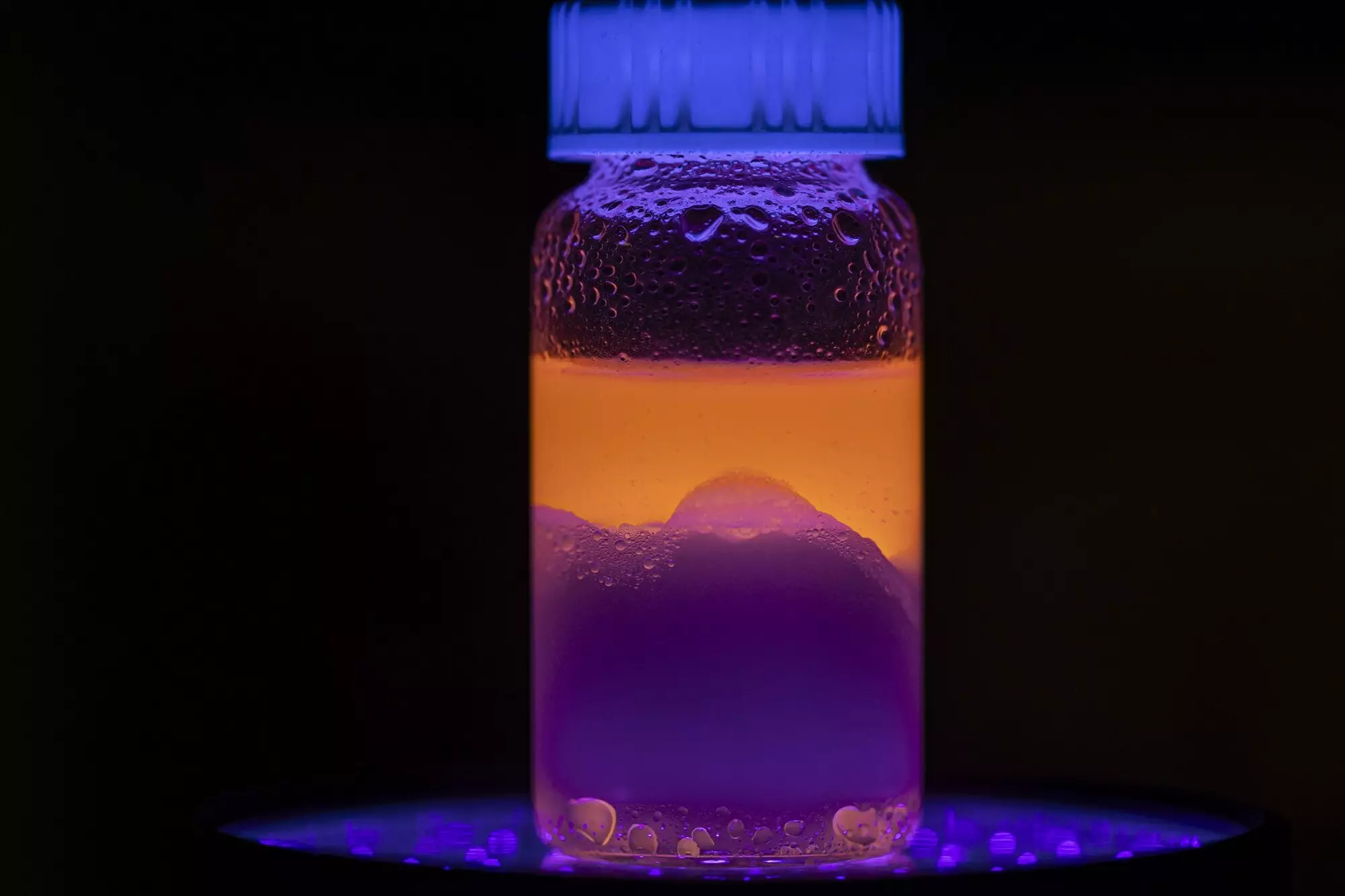In recent years, a new environmental threat has emerged, rising silently yet perilously beneath the surface of our conscious awareness: nanoplastics. These minuscule particles, significantly smaller than a human hair, are beyond the scope of traditional detection methods and are largely unmonitored in our water systems. Research indicates that nanoplastics are not just simple pollutants; they are linked to serious health risks, including cardiovascular and respiratory issues. Their pervasive presence in lakes, rivers, and oceans presents a dire challenge for public health and environmental safety.
Scientists at the University of Missouri have taken a determined stance against this growing crisis. Their recent research sets out to offer a sound, effective solution for removing these microscopic pollutants from water systems. They have devised an innovative liquid-based solution capable of eliminating over 98% of nanoplastics from contaminated water. This impressive breakthrough is documented in their recent publication in the journal ACS Applied Engineering Materials, showcasing a robust and practical approach to a significant environmental problem.
Leading the charge on this research is Piyuni Ishtaweera, a recent PhD graduate specializing in nano and materials chemistry. In her own words, Ishtaweera emphasizes the urgent need for better methods of contaminant removal from water sources. She stresses that these tiny particles not only disrupt aquatic ecosystems but also carry over into the food chain, creating potential health risks for both wildlife and human beings.
The novel approach harnesses the power of water-repelling solvents derived from sustainable natural ingredients. This remarkable characteristic sets it apart from existing methods, offering a solution that not only removes nanoplastics but does so without introducing additional toxins into the water. Gary Baker, an associate professor at Mizzou, describes the process as utilizing a minimal amount of specially engineered solvents that actively absorb plastic particles from large volumes of water.
The process is elegantly simple: the solvent initially remains at the water’s surface, akin to oil floating on water. After mixing, it separates back to the top, bringing along the absorbed nanoplastics. This method allows for the easy extraction of the solvent using standard laboratory equipment, leaving behind purified water free of these harmful contaminants. Future work is planned to scale this process up, aiming to implement it in larger bodies of water, such as lakes and potentially the oceans.
The impact of this research extends far beyond the laboratory. Ishtaweera, now working with the U.S. Food and Drug Administration, notes the method’s broad applicability in both fresh and saltwater environments. The solvents developed are characterized as non-toxic, thus reinforcing the sustainability aspect of this innovation. Their unique ability to repel water eliminates the risk of introducing further contamination, presenting a highly effective solution to an urgent environmental crisis.
This research initiative aligns with broader scientific endeavors to improve filtration technologies and to understand the increasingly complex behaviors of nanomaterials. Insights gained from studying nanoplastics will inform not only technological advancements but also support the creation of informed public policies aimed at protecting human and environmental health.
The University of Missouri’s initiative represents a significant step forward in the battle against nanoplastic pollution. By effectively addressing a critical environmental challenge through innovative and sustainable methods, these researchers pave the way for further advancements in water purification technologies. The implications of their work will resonate throughout scientific, environmental, and health sectors, offering a beacon of hope in a time when pollution is a prevalent concern. As the team looks to explore scalability and recycling of their solvents, the commitment to fight against nanoplastic pollution continues with both urgency and determination. Ultimately, this research not only cleans our water but also assists in forging a greener, healthier future for all.


Leave a Reply